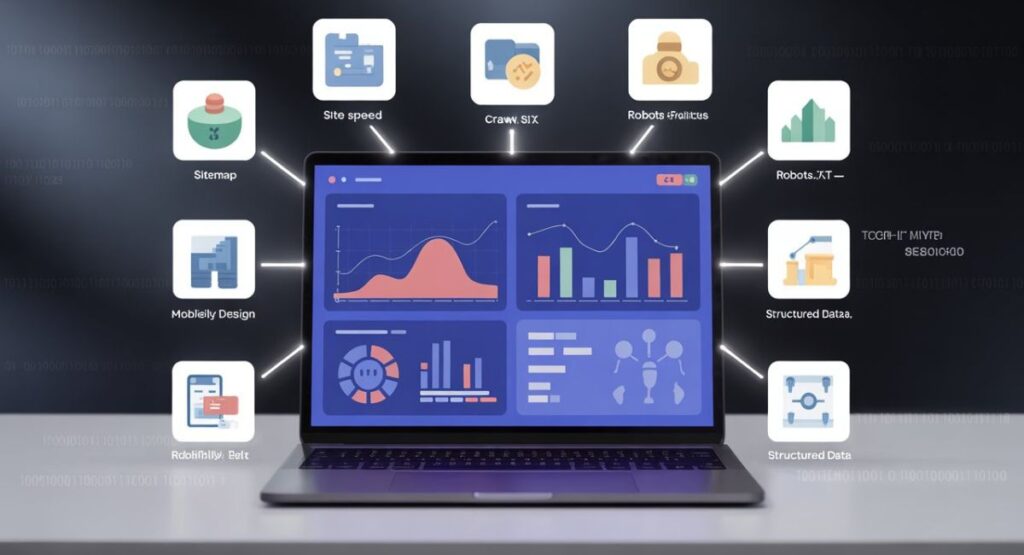Technical SEO provides the back-end base that allows your site to improve its performance in search engines. It ensures that your website’s content is crawlable, indexable and optimized for users as well as search engines. While backlinks and content often get the attention but it’s the technical aspect that makes your site simple to navigate, speedy to load and mobile-friendly. If your site’s architecture isn’t in place and design, even the most valuable content could not be noticed. From optimizing page speed or fixing damaged links technical SEO ensures your website is functioning smoothly. This guide will explain all that you should know step-by-step to help you build a more powerful, visible online presence.
- Technical SEO Checklist: What to Check First
- Examples of technical SEO: Real-World Stories & Case Studies
- Types of technical SEO are: The various aspects you should be aware of
- Techniques of Technical SEO: Methods that Really Work
- Expert SEO Services If you need expert Support
- Technical SEO London: Local Tips & Context
- Monitoring, Tools & Best Practices
- Conclusion
- FAQs
Technical SEO Checklist: What to Check First
Before you embark on a major renovation, follow this checklist to make sure that the fundamentals are covered. Make sure to tick these off before you proceed to more advanced changes.
| Area | What to Check | Why It Matters |
| Crawling & Indexing | Verify that robots.txt does not block important areas. Verify that important pages aren’t listed as having noindex, and verify the canonical tags. Utilize Search Console to see crawl issues and status of indexing. | If pages aren’t indexes or crawled the pages won’t show up in results for searches, regardless of how well the content. |
| Site Architecture & URL Structure | Check that the pages are just three clicks away off the main page. Clean URLs (no long query strings). Make use of breadcrumbs. Eliminate pages that are orphans. | Improves crawlability, spreads link equity, benefits both users as well as search engines. |
| Page Speed & Core Web Vitals | Utilize tools such as Google PageSpeed Insights, check LCP FID, CLS compress images, reduce the size of images, and minify CSS/JS, use caching, or use an CDN. | The slow loading of websites frustrates users which can lead to high bounces and are penalized in ranking in search results. |
| Mobile-Friendliness | Use responsive design. Buttons should be able to be tappable. Text can be read without zoom. Mobile usability test using The Google Mobile-Friendly Test. | Google utilizes mobile-first indexing. Unprofessional mobile UX hinders visibility. |
| HTTPS Security | Verify that the website is using SSL/TLS. Redirect HTTP – HTTPS. There is no mixed-content. | Security is a determining factor. Increases trust. |
| Structured Data / Schema Markup | Determine pages (e.g. reviews, FAQs or products) in which schema.org markup is helpful. Use JSON-LD. Test via Rich Results Test. | Helps search engines comprehend your content, and provides rich snippets of content. |
| Redirects & Broken Links | Find 404 errors. Repair or redirect. Remove redirect chain. Make sure that broken internal links are cleaned up. | Poorly maintained or slow-moving paths harm users and eat up budgets. |
| Duplicate Content & Canonicalization | Locate duplicate URLs or alternative forms. Utilize canonical tags. Consolidate the content of thin pages. | Reduces confusion and confusion for search engines. |
Examples of technical SEO: Real-World Stories & Case Studies
Studying examples can help to see how the concepts are applied in real-world. Here are some stories and case studies of Technical SEO.
- A Blocked Blog Directory — A site was disallowed accidentally blog/ from robots.txt in an attempt to block content that was staging. In the end, blogs on their site were found in the index for several weeks. After they had fixed robots.txt as well as allowed crawling to be permitted, posts began appearing slowly.
- Speeding up an eCommerce Website A store online was slow on pages for products. Images that were large and uncompressed, a lot of external scripts, no slow loading. After optimizing images and delay non-critical JS by making use of an CDN, the largest Concertful Paint dropped from ~7 seconds to just 2 seconds. Organic traffic increased significantly.
- Duplicate Content Panica company had identical content on its web pages for service in different regions, each having their individual URL. Google was indexing each separately which caused confusion. The use of canonical tags and the merging of similar pages decreased internal competition, and also improved the stability of rankings.
These examples of technical SEO demonstrate how minor changes can result in huge improvements.
Types of technical SEO are: The various aspects you should be aware of
The term “technical SEO” refers to the various areas or aspects that you need to consider. Knowing these will help you better organize your work.
On-Site Technical SEO
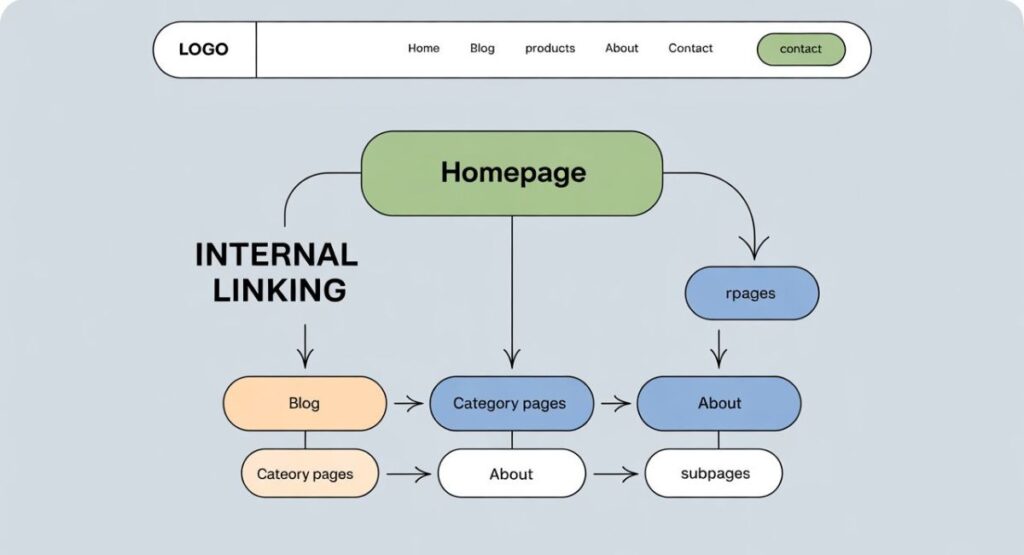
This includes items you can control directly on your site:
- Site architecture & URL structure
- Performance optimization and page speed
- Mobile usability
- Structured data markup
- Canonicalization, redirects, broken links
Off-Site Technical SEO
While “technical” often refers to items on your website There are also off-site components:
- External sites that connect with you (redirects from older websites)
- Backlinks to URLs which no longer exist (revive or redirect)
- Ensure that third-party embeds, tools or fonts that you employ do not slow down your website or cause damage to the mobile layout
Local / Region-Specific Technical SEO
For instance in the event that you’re targeting an area or city (like Technical SEO London) Other types of SEO include:
- Geo-targeting settings
- Local schema information (addresses telephone, address, opening hours)
- Ensure that the server’s location or CDN performance in your targeted area is of high quality
Advanced Technical SEO Types
These include more intricate or more recent areas:
- International SEO (hreflang tags)
- Navigation with faces (handling filters, without generating duplicate content)
- AI-related technical issues (ensuring that content is available to large models of language while making sure there are no obscure JavaScript rendering concerns)
Techniques of Technical SEO: Methods that Really Work
Here are some tried and tested Technical SEO techniques you can apply to enhance your website usually with quantifiable results.
Technique A: Improve Site Crawlability & Indexing
- Examine robots.txt and ensure that necessary pages are allowed
- Noindex is only used for pages that are not essential (thank for you webpages, private dashboards etc.)
- Create canonical tags to prevent duplicate content
- Provide an organized XML websitemaps to the search engines
Technique B: Speed & Performance Optimization
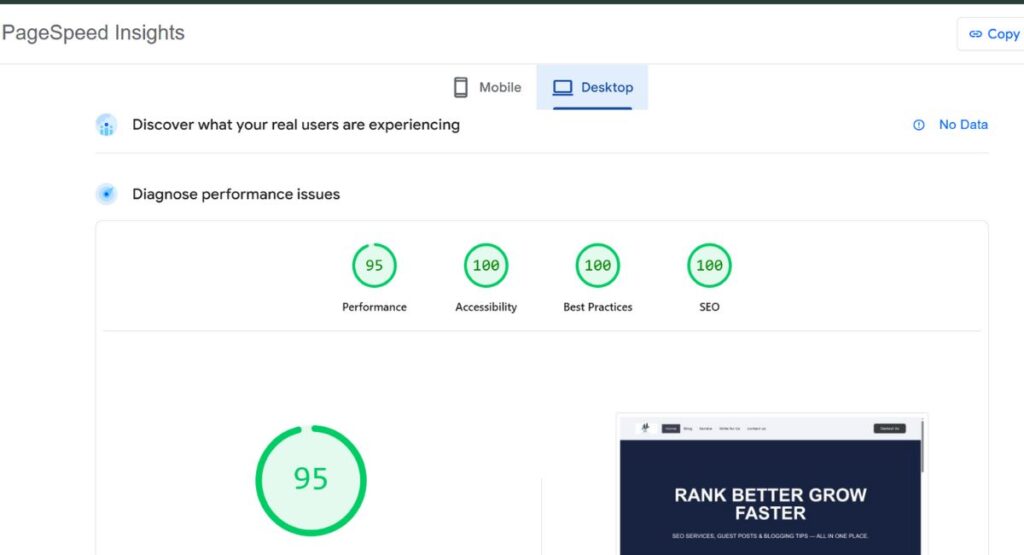
- Optimize images: compress, use modern formats like WebP
- Minify HTML, CSS, JS
- Do not defer scripts that are not critical; lazy-load images and videos
- Utilize browser caching as well as an efficient server or CDN
Technique C: Mobile Optimization
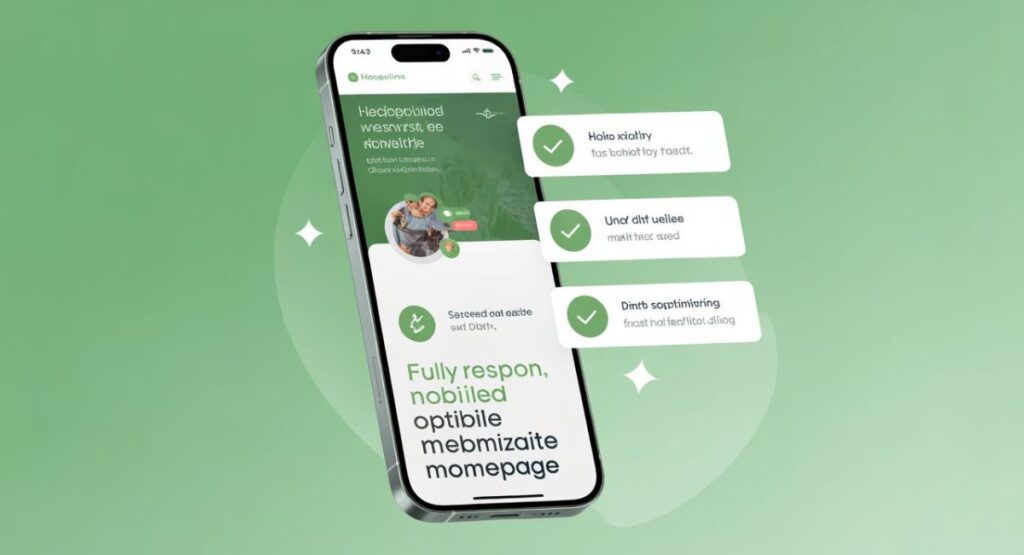
- Utilize responsive design; verify layout across a variety of sizes.
- Avoid clicking in tiny areas to ensure text readability on mobile phones.
- Remove intrusive interstitials/pop-ups that block content
Technique D: Structured Data & Schema
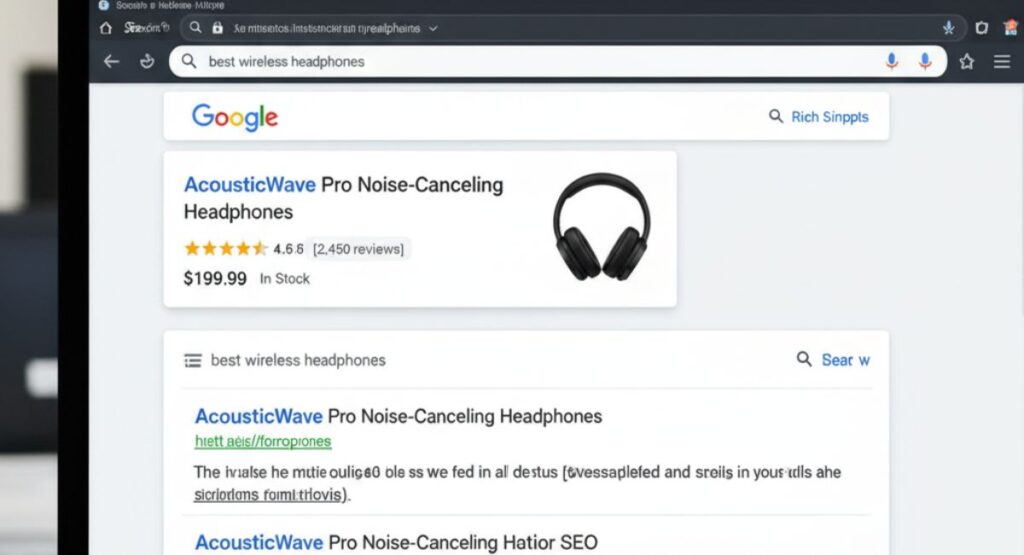
- Identify relevant content types (FAQ, reviews, products)
- Use JSON-LD schema markup per Schema.org
- Verify markups and correct errors
Technique E: Fixing Redirects & Broken Links
- Check for 404s and fix them by redirection or by restoring content
- Chains of redirection that are clean so that they are direct to their final destination
- Change internal links in the company that lead to broken URLs
Technique F: Handling Canonicalization and duplicate content
- Use canonical tags
- Remove or merge similar pages, content-wise
- Use consistent URL formats (www vs non-www, trailing slash vs not)
Expert SEO Services If you need expert Support
Sometimes, it’s best to hire experts to assist. These are instances where SEO technical SEO services can be particularly beneficial:
- Your website is huge (hundreds or even thousands of webpages) so managing redirects and crawl budgets for crawl budget, etc. is a challenge.
- A site redesign or a move is taking place with a high risks of being unable to reach the target audience if it is done wrong.
- Problems with performance persist after simple optimizations. You need to do more tuning for server performance or front-end auditing of your code.
- Localized or international targeting (e.g. Tech SEO London) is crucial You need local schemas, hreflangs, geo-settings, etc.
- Regular audits are essential and if you aren’t able to devote the time or the tools. Engaging experts in technical SEO will save you time and also increase the risk.
What are the services that typically comprise:
- A complete audit of the site (crawl speed, speed and mobile UX)
- Best practices implementation for redirects or canonicalization and site architecture
- Monitoring and maintenance
- Strategies and reporting
Technical SEO London: Local Tips & Context
If you’re located living in or are planning to relocate to London (or the other cities) local SEO has special requirements. Here’s what you should be focusing on when you are doing Technical SEO London.
- Consistency of NAP: Make sure that your business’s Name, Address Phone number and address are in line on your site and in local listings.
- Local schema Local Business schema: Use Local Business schema to provide an exact address, hours of operation Geo-coordinates, opening hours.
- Google My Business (now Google Business Profile) Google My Business (now Google Business Profile): Allow and optimize using correct data Make sure your website is able to support the best mobile performance for local searches.
- Server location/ CDN edge speed: If a lot of users reside in or around London and London, make sure the latency is minimal; think about CDN servers or hosting services that offer very low latency in the UK and Europe.
- Localized content and Hreflang tags when needed: If your business serves different regions (for instance, London in comparison to different UK regions) Be sure to make sure that content is properly targeted.
Monitoring, Tools & Best Practices
To ensure your Technical SEO remains solid, you should use tools and follow a regular maintenance schedule.
Tools
- Google Search Console (crawl, indexing mobile usability)
- PageSpeed Insights (performance, Core Web Vitals)
- SEO Spider Screaming Frog (site crawling)
- Ahrefs Site Audit Semrush Site Audit (comprehensive health check)
- Rich Results Test (structured data)
- Developer Tools for Browsers (inspect load order as well as network requests)
- Mobile-Friendly Test
Best Practices
- Use clean, readable, descriptive URLs
- Always use HTTPS and redirect HTTP to HTTPS.
- Prioritize the mobile user experience and speed of your website.
- Beware of duplicate content and use canonical tags with care
- Repair the broken link and chain of redirects immediately
- Only use structured data when it can add value
- Regular audits (every couple of months or after major changes)
Conclusion
The technical aspect of SEO is the foundation for everything else that is SEO. Without it, the content as well as links and design could be unable to achieve their maximum potential.
Here are the key conclusions:
- Begin by creating a robust Technical SEO checklist to cover the basics of crawling, indexing speed and mobile security.
- Use examples of Technical SEO to learn how real-world websites work or fail.
- Learn about the various types of SEO to concentrate your efforts.
- Use established Technical SEO strategies to speed, structure, and crawlability.
- If you require assistance seek out expert SEO technical services. They will help you avoid costly errors.
- If you’re located in or serving London Follow these local guidelines.
FAQs
What is Technical SEO?
Technical SEO helps optimize your website’s backend in order to assist search engines crawl and index your site more effectively.
What are the 4 Types of SEO?
The four kinds are: technical SEO, on-page SEO and Off-Page SEO and Local SEO.
What is Technical SEO vs On-Page SEO vs Off-Page SEO?
Technical SEO is focused on the structure of a website In-Page SEO, on content as well as Off-Page SEO that focuses on external factors such as backlinks.
What is the Difference Between Technical SEO and SEO?
SEO includes all strategies used to increase search engine ranking and improve the quality of search results. Technical SEO specifically deals with the technical configuration of a website.

I’m SEO expert and content writer at SEO Guest Pro.
I help websites rank higher, get more traffic, and grow fast using smart SEO and engaging content.
Let’s grow together!

